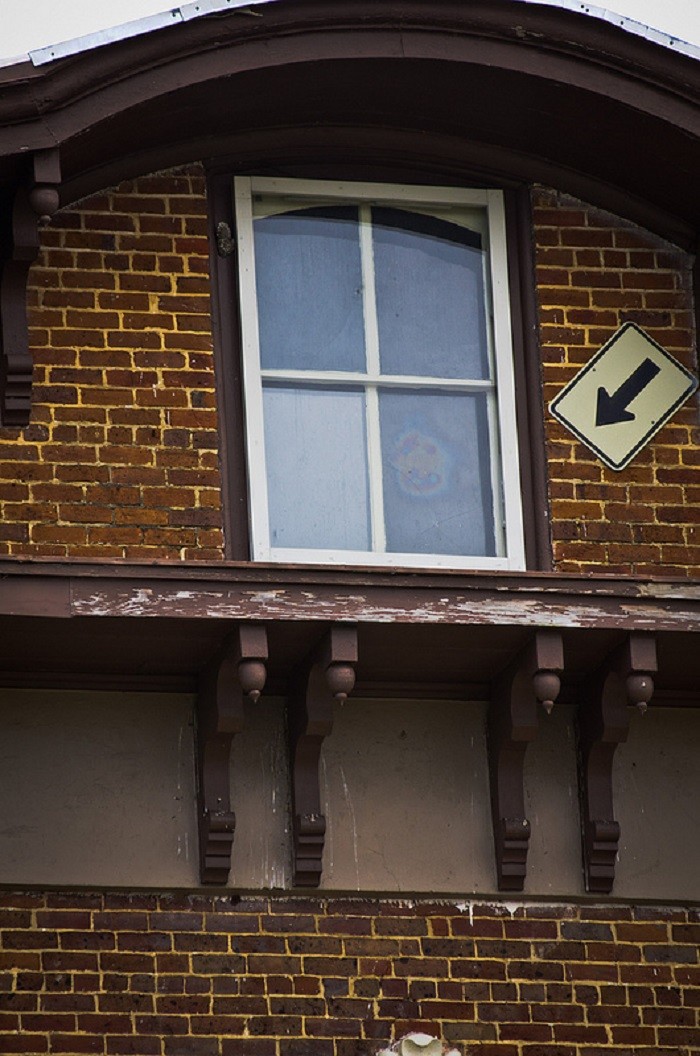Title: Carrollton Courthouse
Category: Legend, Ghost-Story
Informant: Evan A. Lewis
Nationality: American, caucasian
Age: Upper 80s
Occupation: Retired— Radio Broadcaster, Laundry Mat Owner, Koren War Vet, etc.
Residence: 5031 Mead Drive/ Doylestown PA, 18902 (Suburban Home)
Date of Collection: 4/08/18
Description:
Henry Wells was a former slave released from bonds immediately following the outcome of the Civil War. After the Pickens County Courthouse was burned down in 1856 after the raids on the town by Union forces, a new courthouse was build in its place. Almost immediately following the construction of the new courthouse, the building burned to the ground again due to mysterious circumstances.
The town believed that Henry Wells was to blame for the fire and the townspeople conspired together to bring him to justice. After a warrant was put out for his arrest, Wells fled from a gathering lynch mob by secretly hiding in the construction of the third courthouse for the county. As the mob gathered below, Wells made his way up into the attic to look down from the window directly above the action.
Much to his horror, a storm was rising, and lighting violently struck the window that Wells was looking down from. His expression was then imprinted via the lightning bolt on the pane of glass that Wells was looking down from.
Context/Significance:
The Pickens County Courthouse is located in Carrollton, Alabama, which is 35 miles west of Tuscaloosa. The historic building is being restored and a large arrow points to the window and the mysterious lightning portrait. An interpretive marker on the grounds tells the history of the courthouse and the story of the face in the window.
The conclusion of the story has disputed endings. Some say that Wells was able to safely hide from the mob, while others claim that he was found out shortly after and either shot or hung after admitting to his crimes.
Some years after, the face of Henry Wells can still be seen in a ghostly outline from the streets below as the building has been saved and maintained as a historic landmark.
Personal Thoughts:
When I was younger, my family often took long road trips to Mississippi to visit family. Much of my family’s history can also trace its roots back to Alabama and farming. My mother and grandfather took me to visit old grave yards and historic landmarks such as this. My mother pointed out he face in the window and I’ve seen it for myself.
The truth behind the story is highly debatable as scientists continue to research the ability of lighting to capture photographic images on glass. Other accounts of this happening can be found from the same century and evidence was once collected from a Mrs. Norborne B. Powell.
Mrs. Powell was standing at the window of a home at Chennuggee Ridge, Alabama, when the glass was struck by a bolt of lightning. Her image appeared on the glass, right down to a hat and cameo pin she was wearing. The Chennuggee Ridge photograph wound up in the hands of Mrs. Powell’s grandson, Dr. Edward H. Cary who at one time served as president of the American Medical Association. Believing it to be a priceless artifact of Alabama history, he sent it to the Department of Archives in Montgomery in 1920. Someone there, however, dropped the photograph and it was shattered.
Image:


